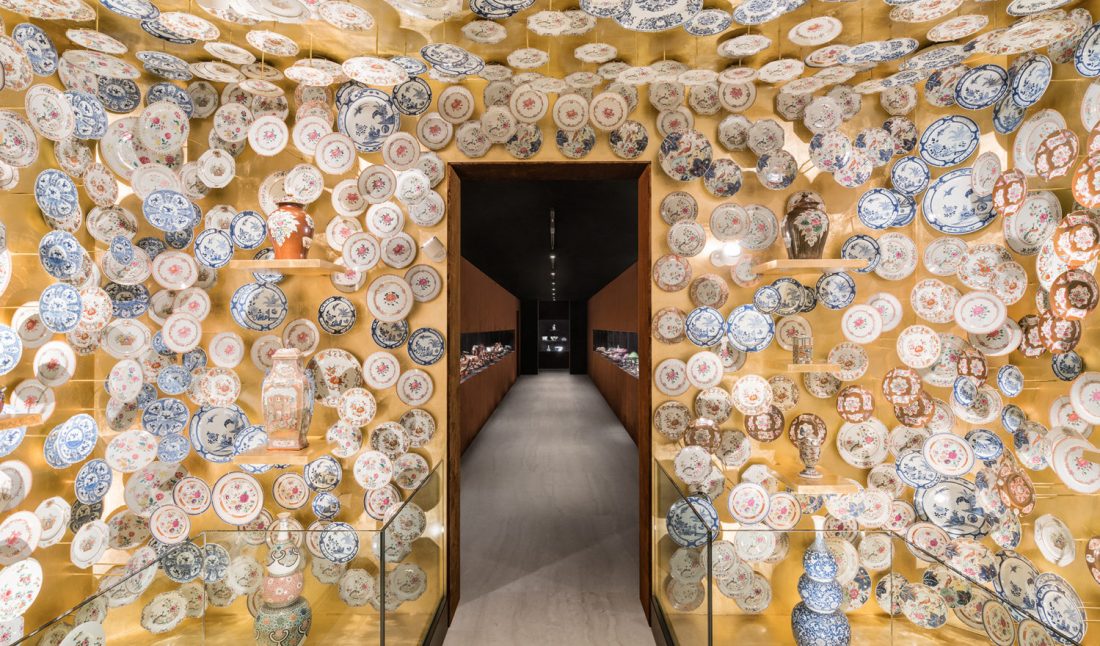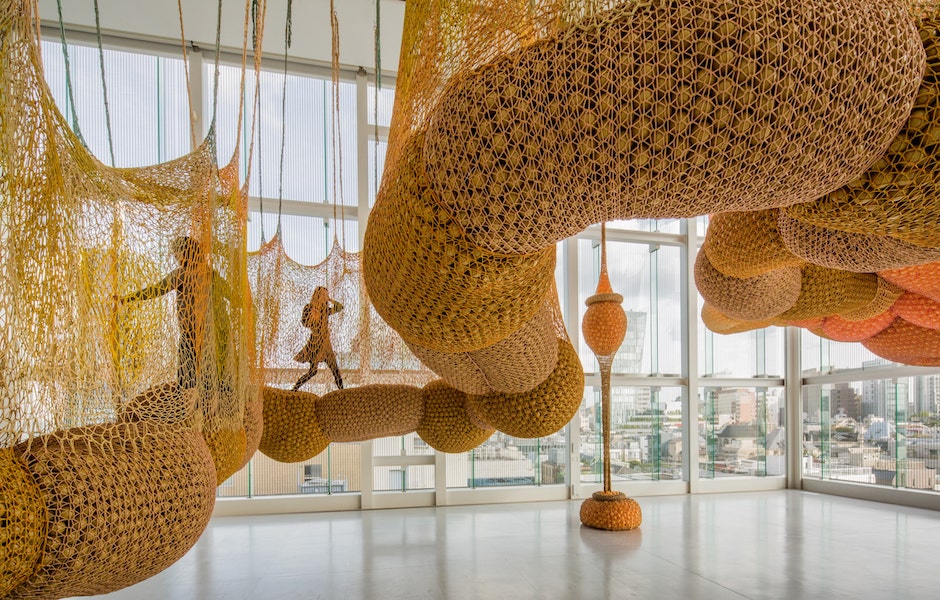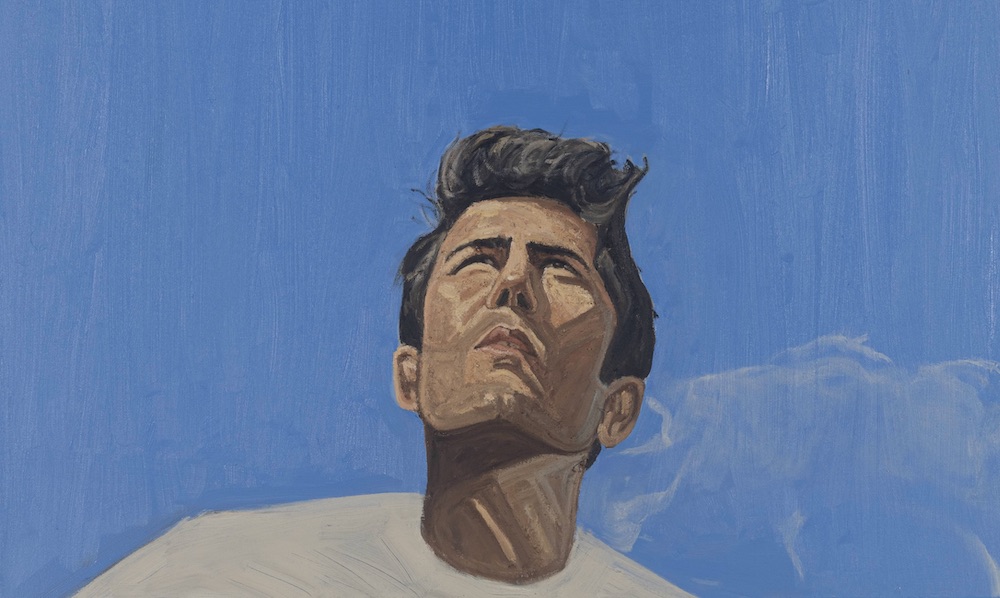Early this year, Victoria Yakusha debuted a new ZTISTA coffee table and chair made of a curious combination of materials—recycled metal, cellulose, wood chips, and clay. The Ukrainian designer behind the FAINA label embraces local artisans and techniques within a sustainable approach of closed-loop production. Describing her practice as a living, breathing, entity, Yakusha told Whitewall how she believes we can create a viable future by looking to the wisdom of our ancestors.
WHITEWALL: You describe your practice as “live” design. What makes design “live”?
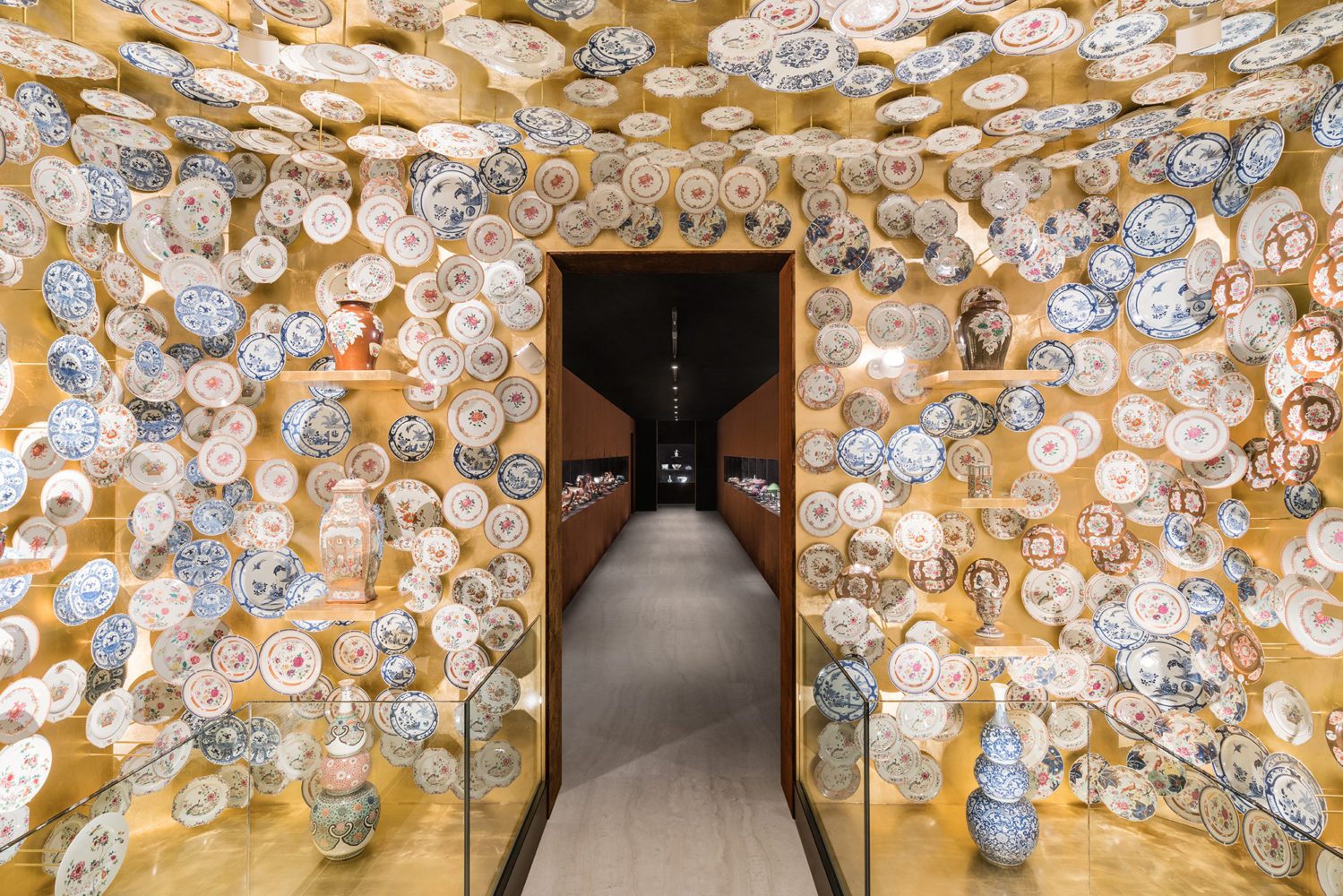 Exhibition view of “The Porcelain Room – Chinese Export Porcelain,” curated by Jorge Welsh and Luísa Vinhais for Fondazione Prada, Milan; Photo by Delfino Sisto Legnani, courtesy of Fondazione Prada.
Exhibition view of “The Porcelain Room – Chinese Export Porcelain,” curated by Jorge Welsh and Luísa Vinhais for Fondazione Prada, Milan; Photo by Delfino Sisto Legnani, courtesy of Fondazione Prada.
VICTORIA YAKUSHA: I came to the realization of this concept after almost 15 years of practice and searching for what I really appreciate in the design, what gives meaning to my work. I am still in the process of crystallization of this design philosophy (not just style or trend), and with each new project I see it more and more clearly.
Live design or live minimalism for me is a combination of two important ingredients. First of all, it is an interior or design piece that is filled with the spirit, has a story behind it, and has an emotional connection to its owner. And secondly, it is a clean, minimalistic approach that we use.
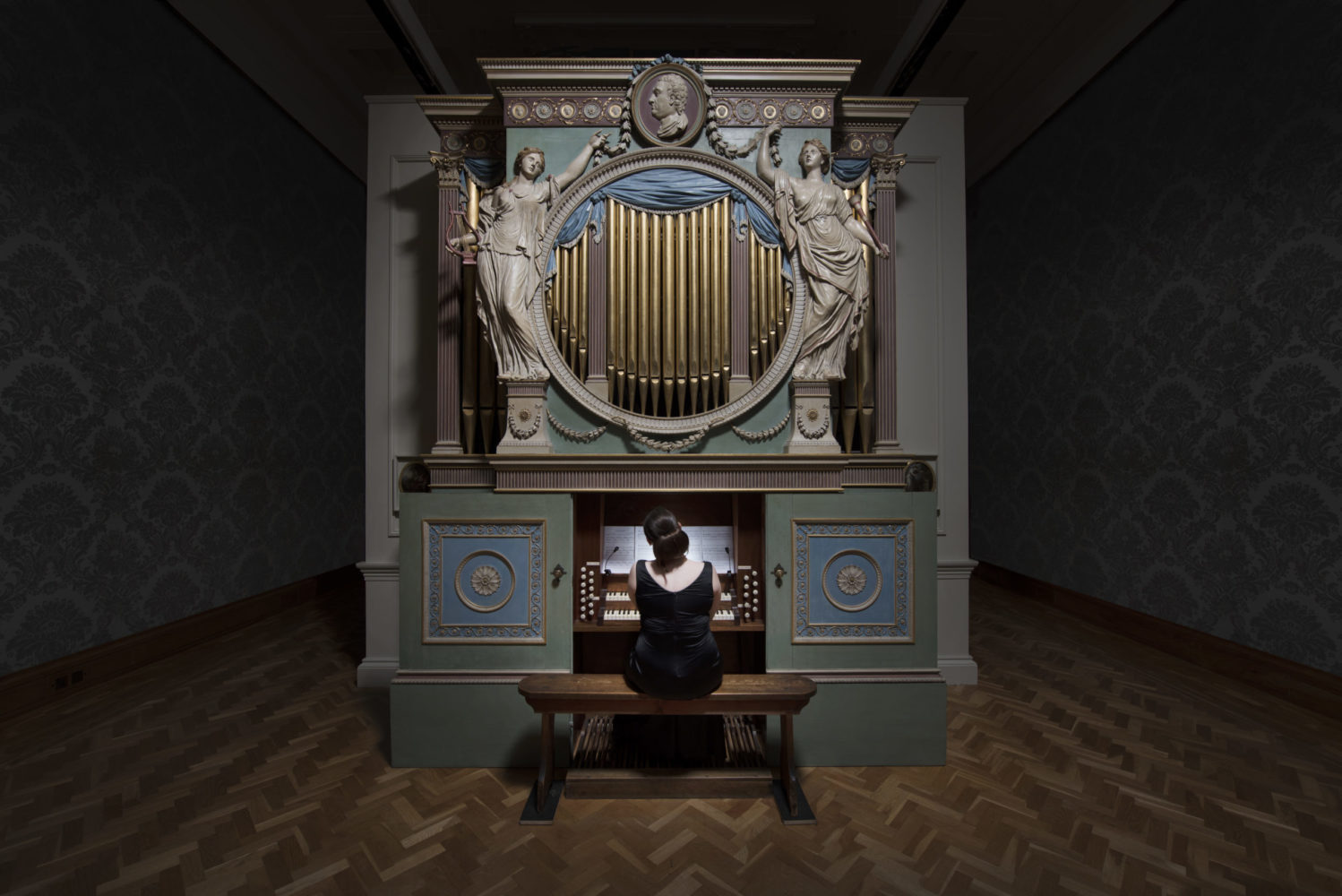 Ragnar Kjartansson’s “The Sky in a Room,” presented by Fondazione Nicola Trussardi; photo by Hugo Glendinning, courtesy of Fondazione Nicola Trussardi.
Ragnar Kjartansson’s “The Sky in a Room,” presented by Fondazione Nicola Trussardi; photo by Hugo Glendinning, courtesy of Fondazione Nicola Trussardi.
I always loved simple iconic forms, honest design that mercilessly cuts off all unnecessary things, creating an “emotionally clean” interior or piece of furniture. When you combine that with natural materials, the beauty of diversity and imperfection that nature generously delivers to us, then you have a live minimalist design—where there is no space for fakes, arrogance, or imitation.
WW: How does your Ukrainian background, and your exploration of ancestral relationship to nature, inspire your creative approach?
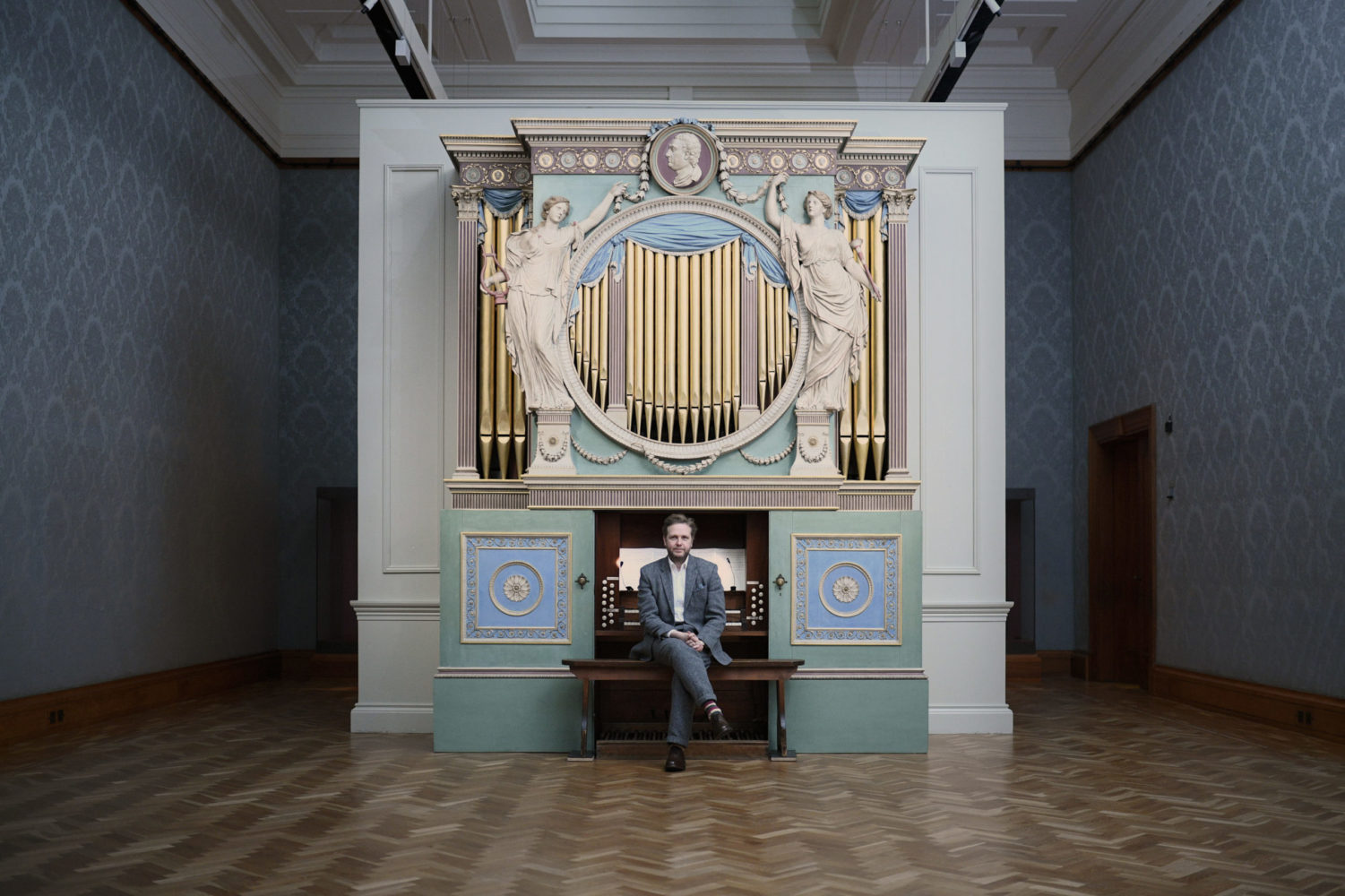 Ragnar Kjartansson’s “The Sky in a Room,” presented by Fondazione Nicola Trussardi; photo by Polly Thomas, courtesy of Fondazione Nicola Trussardi.
Ragnar Kjartansson’s “The Sky in a Room,” presented by Fondazione Nicola Trussardi; photo by Polly Thomas, courtesy of Fondazione Nicola Trussardi.
VY: When I started to discover crafts during my expedition to Ukrainian villages, museums of folk art, meetings with craft masters, I realized the whole power of knowledge about the materials, respectful usage of natural resources, richness of shapes and symbols that were encapsulated in crafts by so many generations. I didn’t want us to forget them in our routine “fussy lives.” So my goal is to transform these traditions into modern design, to “give them a voice” and try to integrate crafts into contemporary design projects.
Our grandfathers knew all about natural cycles. Their lives were closely linked to the changing seasons and fertility of the earth; they were looking for a way to be beneficial to nature, not just exploit its resources. I believe in a huge value and practical meaning of this knowledge for humans’ future.
 Installation view of works by Shozo Shimamoto at Cardi Gallery, courtesy of Cardi Gallery.
Installation view of works by Shozo Shimamoto at Cardi Gallery, courtesy of Cardi Gallery.
In my work, I am using a lot of rare local craft techniques. We work with clay in furniture, architecture. We study how to mix different materials and what meaning they had to people centuries ago. For example, clay is believed to be a healing, warming, and living material; a wool must be processed in mountain rivers; and while weaving carpets, masters always sing ancient songs, do not go to work when they are unhappy, because it is believed to be transmitted into the rugs. All of these details are important and influence my projects in design.
WW: How are you rethinking a sustainable approach in design, in terms of closed loop production?
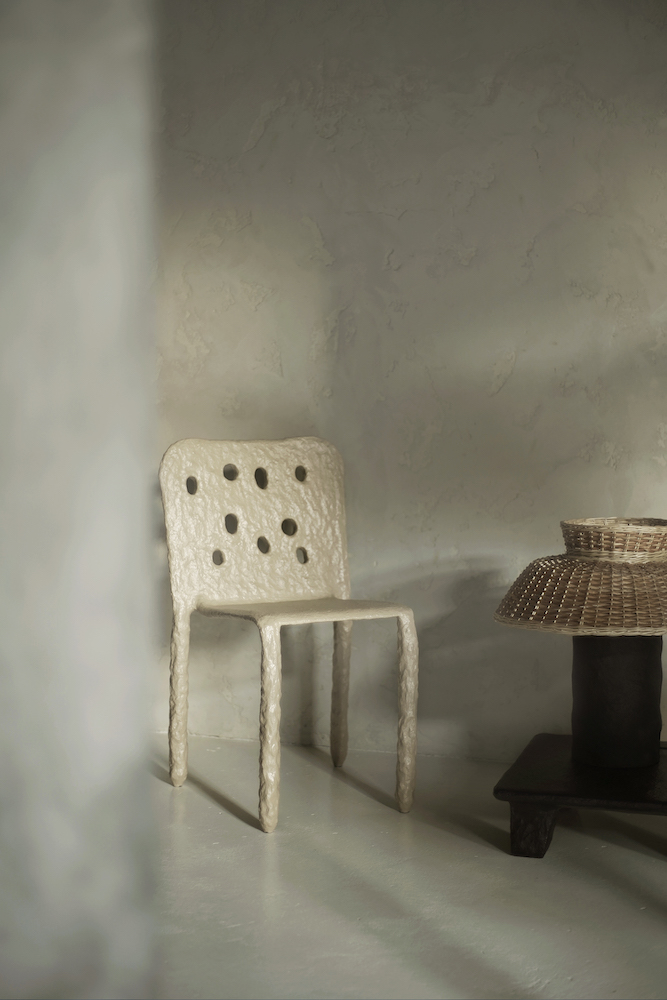 Courtesy of Victoria Yakusha.
Courtesy of Victoria Yakusha.
VY: Sustainability in design is not only about the organic material, recycling, et cetera, but also about the longevity of the object at your home. We should carefully choose materials and furniture pieces for our homes, because our surroundings make a great impact on our health and well-being.
I think that people should radically change the way they pick furniture. They need to choose them as “companions” by similar values and principles, with a long-life perspective. Not just to buy another “cool” eco-sofa and 3-D printed chair, but think of them as part of your home for many, many years. Will they still serve you and bring you joy in 20 years? Would you be proud to tell the story of it to your son? And the same with interior and architecture—we must think of a longer-term planning and pick only things whose “company” we truly enjoy.
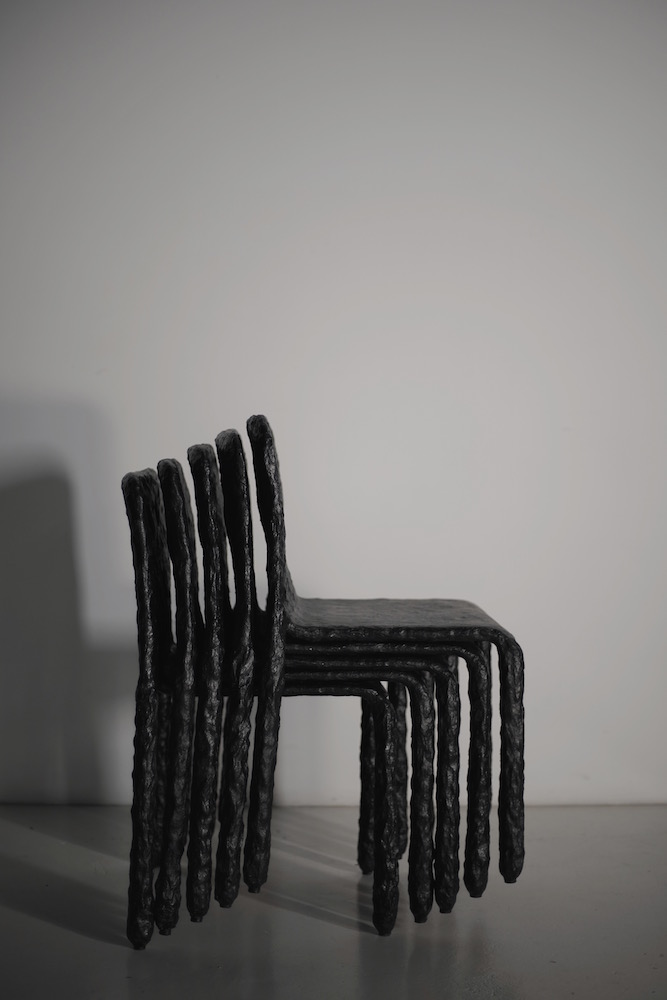 Courtesy of Victoria Yakusha.
Courtesy of Victoria Yakusha.
Designers should also create objects with that idea in their minds and not thinking of short-term trends, popular materials, or one-time styling.
WW: Can you tell us about collaborating with Ukrainian artisans on rolling techniques to create recent pieces?
VY: Yes, we are using a century-old craft technique known as “valkuvannia,” at our organic line of furniture called ZTISTA, which in Ukrainian means “made of dough.” We involved this primitive artisan rolling technique of coating of a solid surface (walls of a house in a village) with a mixture of straw, hay, and natural clay to a modern design process, because it allows you to create an absolutely unique design piece with a gorgeous, unperfected surface.
This experiment with craft technique and contemporary sustainable design approach helps me to emphasize the importance of connection to our cultural roots. I am trying to create a long-lasting, responsible design that you would like to give to your descendants as one of the valuable family-loved furniture pieces.






